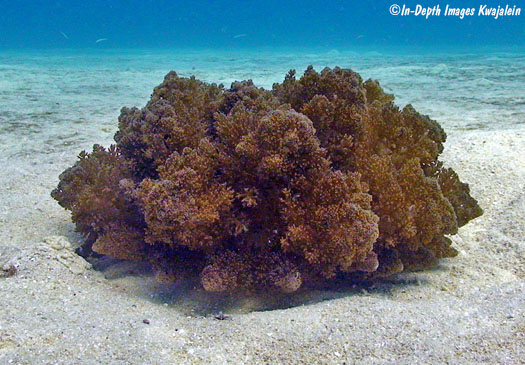
These anemones range up to at least 25cm in diameter and are commonly seen in lagoon sand and Halimeda patches. Its stalk is well down into the substrate, and if disturbed, the entire anemone will quickly withdraw under the sand. One of the fire anemones, nematocysts on the tentacles can deliver a painful sting. Small, nematocyst bearing tentacles can apparently easily break off; we know of at least one person who was painfully stung by tiny bits of the anemone that broke off and were pushed up in the backwash when the anemone swiftly retracted under the sand. These anemones are often occupied by commensal shrimp Ancylocaris brevicarpalis and Ancylomenes sp. 1.

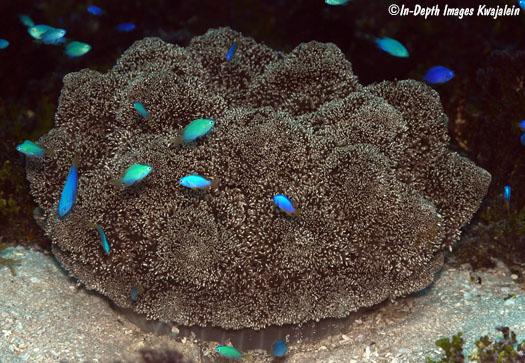
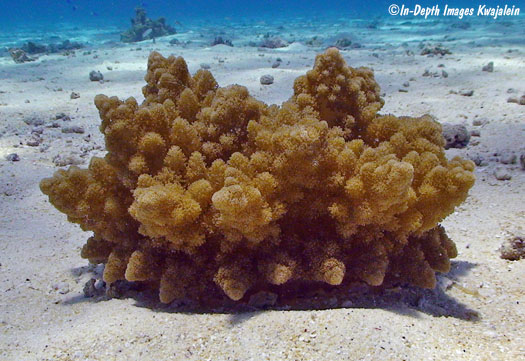
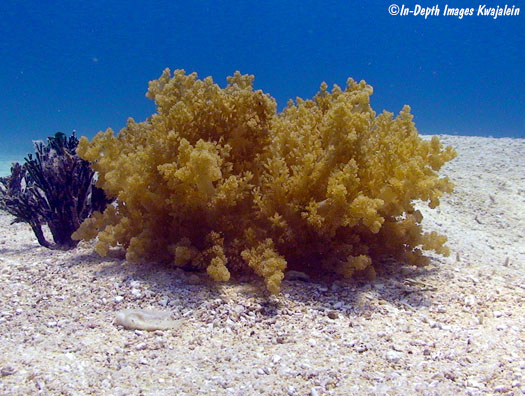
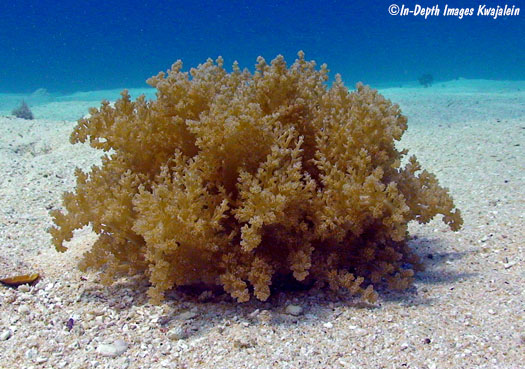
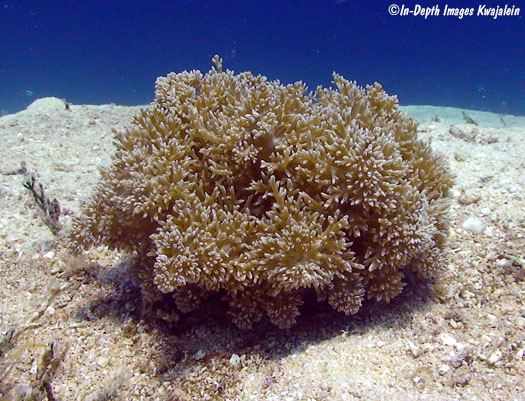
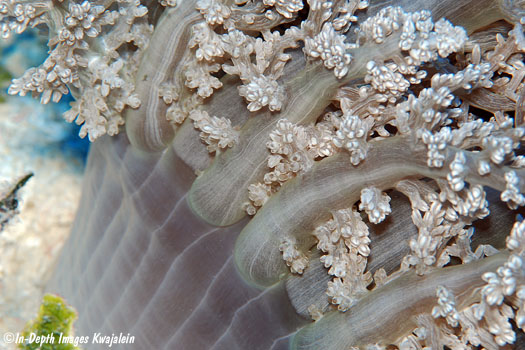
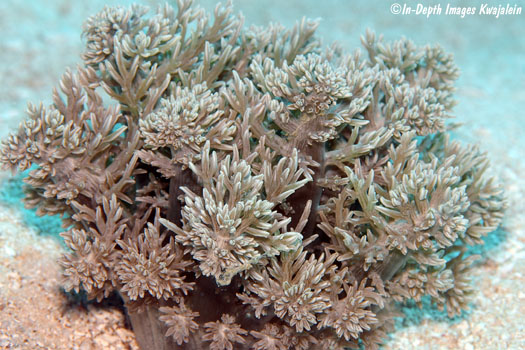
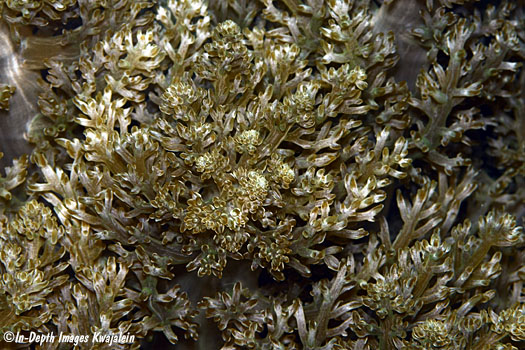
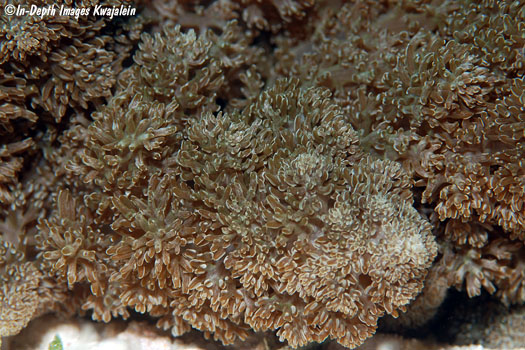
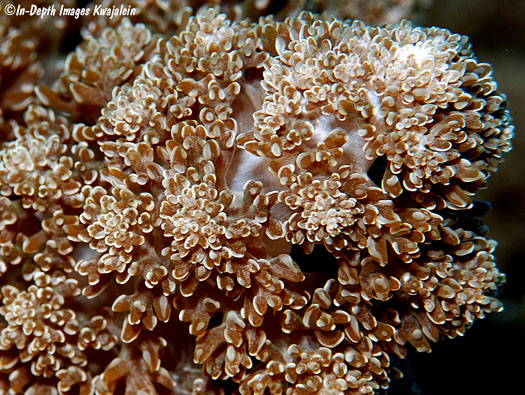
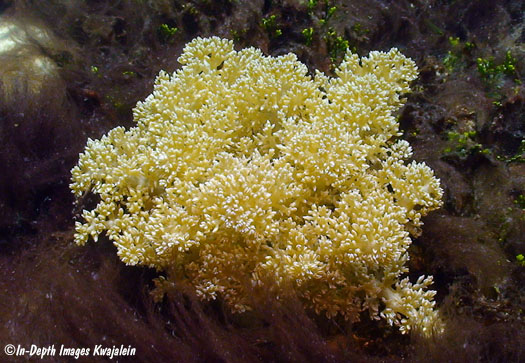
Small specimens.
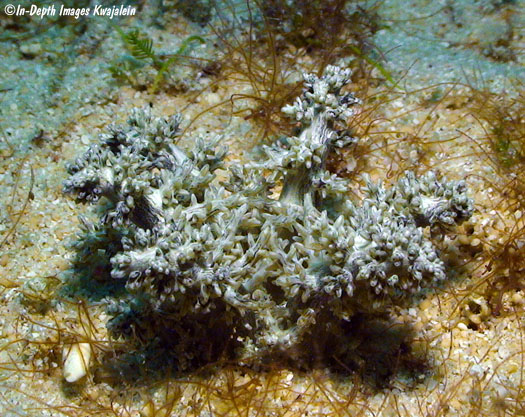
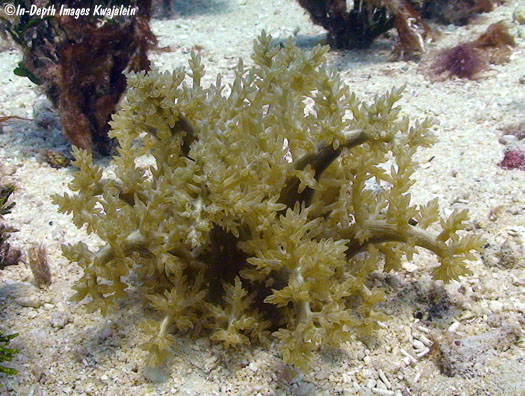
The small sundial Psilaxis oxytropis is sometimes found feeding on these much larger anemones. Also, at least one wentletrap, Epitonium pyramidale, has been found in the sand at the base of these anemones.
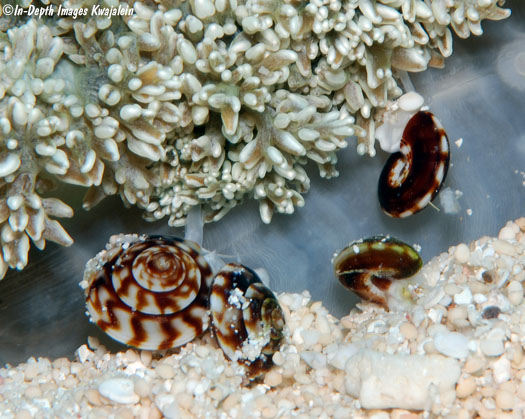
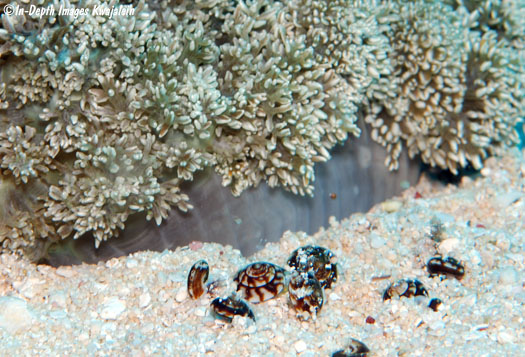
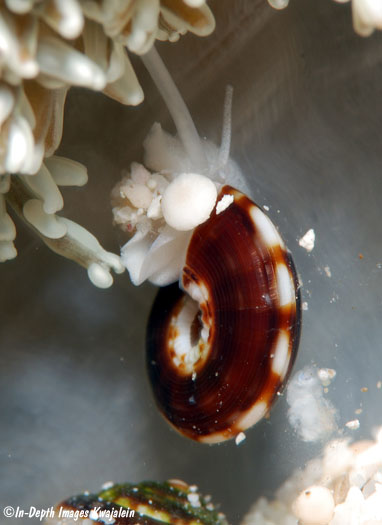
Created 25 July 2018
Updated 23 May 2023